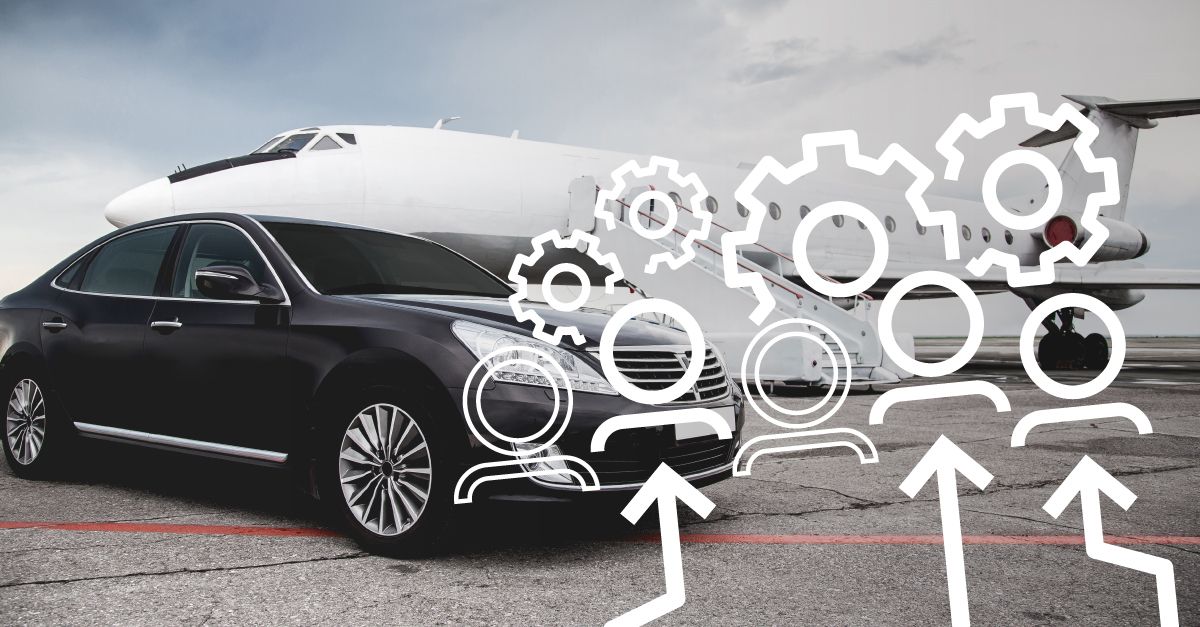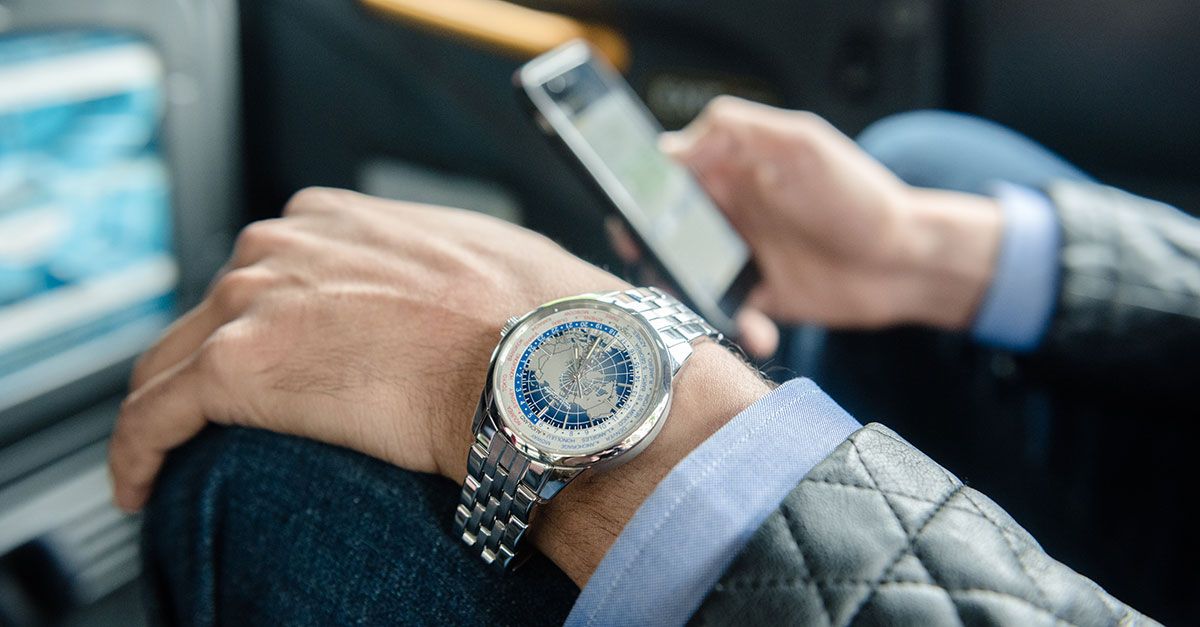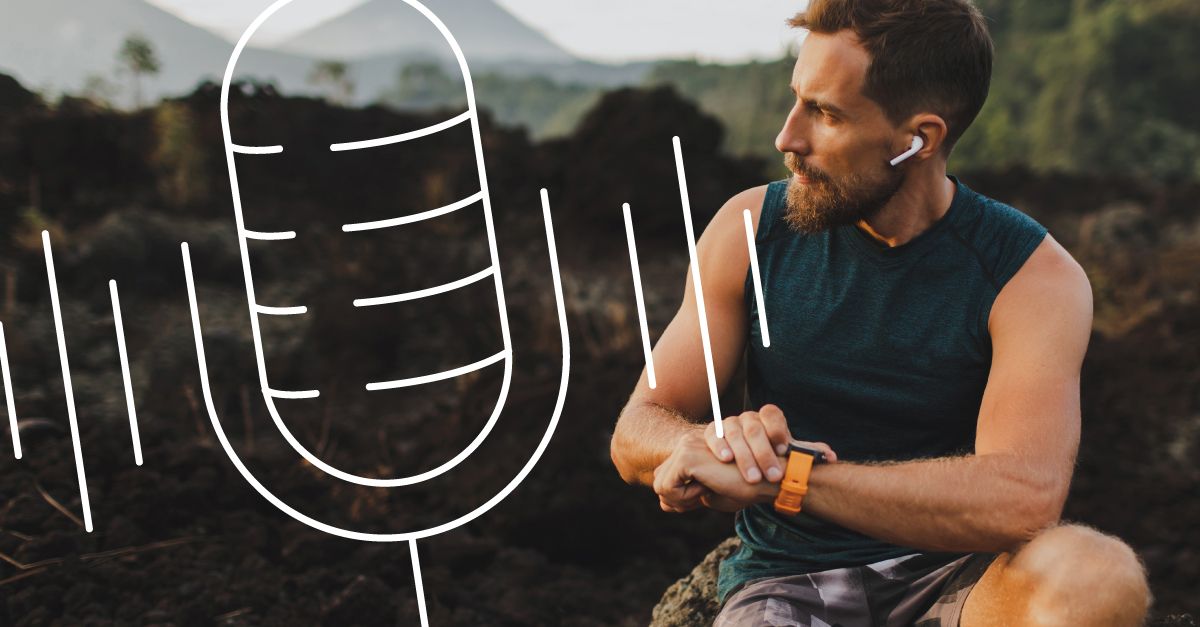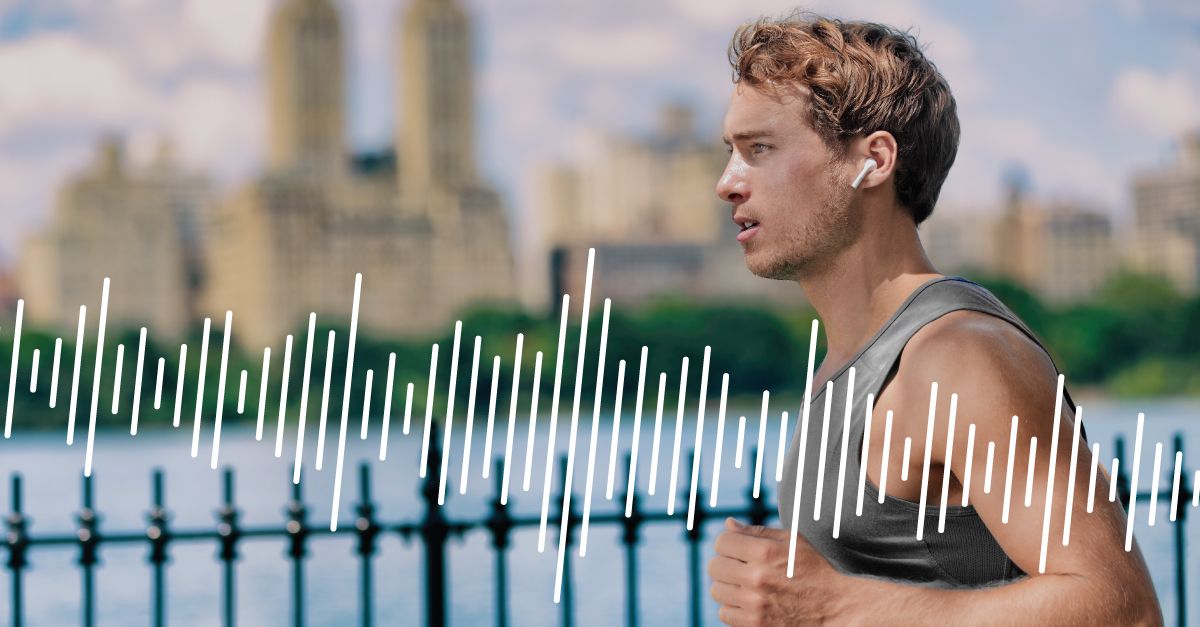
For luxury brands, loyal relationships and the revenues they bring in are everything. As Genius Monkey has advocated for years, programmatic doesn’t just sell $10 tubes of makeup and Happy Meals at McDonald’s … it also sells $30,000 diamonds and $500,000 homes.
American short-story writer and novelist, F Scott Fitzgerald, famously wrote, “The rich are different from you and me.” Comparatively, high-ticket items are different from other goods, too. They do take longer to sell, but by implementing digital programmatic, the ROI and sales numbers are greatly improved.
When it comes to these high-dollar items, they’re practically never an impulse buy, rather the consumer does a great deal of shopping and research. The merchant who ends up making the sale is the one that monitors and sticks with their prospective customers through their entire purchase journey.
Marketers that sell high-dollar items are realizing that digital programmatic is paramount to their quest for success. They must reach the crowd that has the desire — and the resources — to buy these items.
Finding luxury audiences
Finding your target audience for digital advertising is all about contextual targeting in concert with accurate, first-party data. After all, how much would it benefit a merchant selling luxury yachts to place ads in front of those who have recently filed for bankruptcy, or to those living in impoverished neighborhoods?
Digital programmatic has become an indispensable platform for marketers selling merchandise on the opulent side. Using it to buy media is way more granular than using the old traditional methods, which, for the most part, have become antiquated. While these older methods of media purchases allow marketers to reach their general demographics aligning with their customer profile, they don’t hold a candle to the new and improved targeting that has swept over the marketing horizon.
A luxury cruise line can not only target high-net-worth individuals beyond a certain threshold, it can also use programmatic to reach wealthy consumers who have recently been researching travel destinations that are included in the cruise ship’s agenda. A premium upper-echelon appliance retailer can target those shopping for homes above a certain price, finding a niche market of users with not only the budget, but with a probable need for their products.

Important points about luxury sales
There are two important points of data that brands can use, no matter where they are on the luxury scale; they are the frequency and recency of their potential customers’ behavior. Let’s say that a shopper has been consistently searching for a debutante ball dress, then suddenly ceases her searches for a week or so. The programmatic algorithm can infer that she most likely purchased a dress. Someone who house hunts daily is most likely way closer to the purchasing stage than someone browsing realtor sites every couple of months. The consistent shopper would be specifically targeted accordingly. That’s the beauty of machine learning, in action.
Another key component of digital programmatic is context. For very pricey items, quality supersedes quantity as far as impressions and clicks are concerned. As an example, a private jet dealer can and should incorporate today’s programmatic advancements in order to ensure that when they target a segmented audience of flight enthusiasts, their ads will appear on modern jet-related websites rather than websites for remote controlled model airplanes.
The final result of both contextual and behavioral targeting is the ability to scale audiences and produce higher top-of-the-funnel conversion rates. Programmatic focuses on ideal target audiences, constantly optimizing and updating the user data it has in order to refine and target audiences in real-time.
Luxury brands have the highest cost per clicks as you might expect when trying to hit a premium and narrow audience, but their conversion cycle is one of the quickest as they tend to know what they want. In fact, Genius Monkey clients that sell luxury items have a 21.45% conversion cycle within 1-10 days from the first impression!
Refining your marketing strategy for luxury
Luxury brands emphasize exclusivity, quality and innovation. The expansion beyond static and uniform digital ad formats allows them to test and discover the formats that most differentiate them and convey their advantage in the marketplace. Certain ad formats might be more effective for certain industries, income brackets, or on certain apps and social media platforms.
Genius Monkey’s programmatic platform allows luxury merchants to find, refine and capitalize on their sweet spots along the digital advertising frontier. Fusing their tried-and-true business strategies with today’s advertising technology can only generate more quality traffic and increase their ROI … boosting that ever-so-predominant bottom line.



